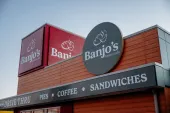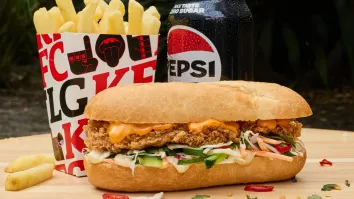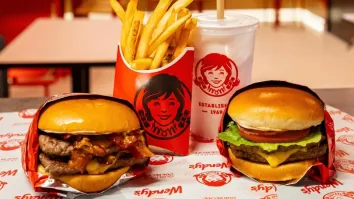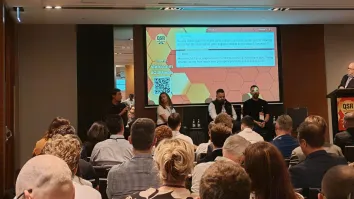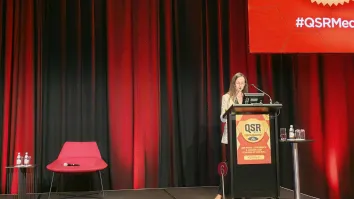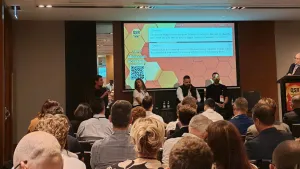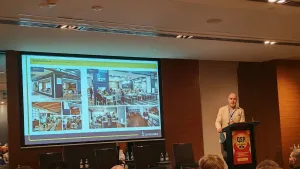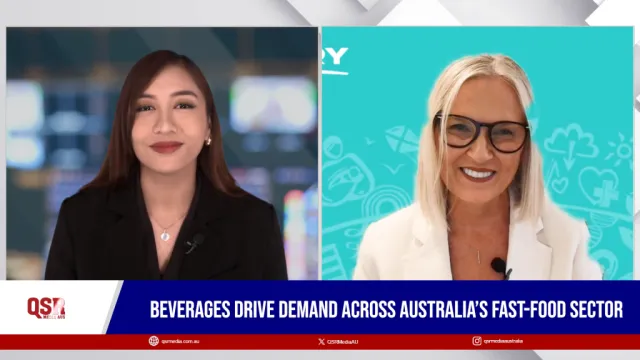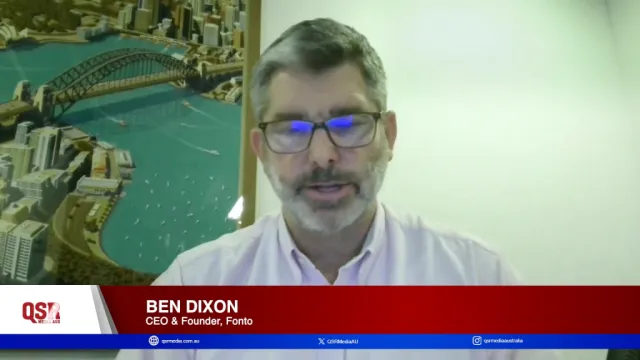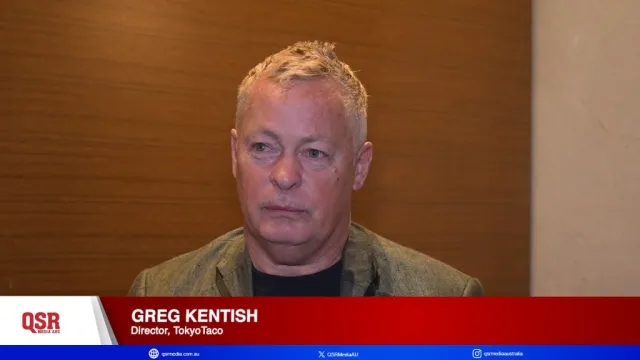
A new moment of truth for diners
By Sam ChristouHow people choose restaurants today has changed. Traditional marketing used to be enough to drive diners to your restaurant, and then word of mouth would bring their friends. Over the past couple of years though, consumer behavior has shifted significantly.
The internet has led to a diner base that is more educated and expects more information than ever before. Now your ad drives them to their computers, their phones, and their tablets – to search engines, and social networks and review sites – to address their concerns and make their decision. This additional step in the decision process is what we, at Google, call “The Zero Moment of Truth” (or “ZMOT”).
A US study, conducted by Shopper Sciences, focused on this changing ‘path-to-purchase’, found that on average diners consult 5.8 sources of information to help make their restaurant choice. The appetite for information is at its highest for the younger generation (18-34 year olds), where an average of 8.7 sources are consulted.
We are seeing the same consumer behaviour emerge in Australia, with more demand for information reflected in search trends. In 2011, there were 40% more searches on fast food related terms than the year before. In 2012 to date, the increase over 2011 is tracking at 49% - fuelled by increasing mobile searches, which now make up 1 in 4 of all fast food related searches in the country.
An interesting distinction between the US and Australia is also the type of information that diners are seeking. Where in the US we see a good portion of research relate to coupons and offers, in Australia we see a greater proportion of research skew toward menu items - particularly the launch of new items. This reinforces the importance of being discoverable as diners follow through online to learn more after having their interest aroused via different forms of advertising.
Beyond its influence in decision-making, digital can help deliver real business results. Another US study conducted by the NPD group found that digital media helped drive new customers with a 250% increase in trial and a 33% increase in satisfaction. They also found that the diners they were connecting with were more valuable to them; with a 34% increase in average spend per visit and 45% increase in items ordered. In Australia, Domino’s Pizza have experienced similar results with average online orders outpointing the average phone order as customers are more effectively able to navigate the exponential combinations available to them.
For QSR’s, the opportunity to follow diners on their journey from awareness to purchase has never been more dependent on information - nor has it even been more multi-faceted. Integrating digital with traditional media to influence dining choices is the key ingredient to driving more from your overall advertising dollars and winning with diners at their ZMOT.
Sam Christou, Industry Head - Consumer Goods & Entertainment, Google Australia


